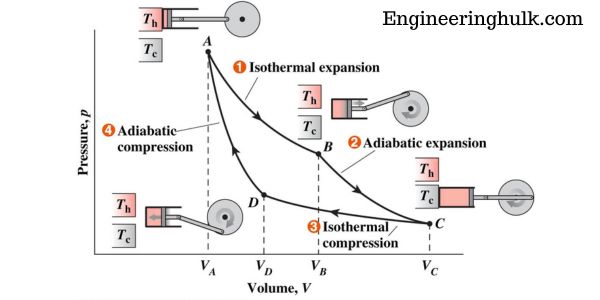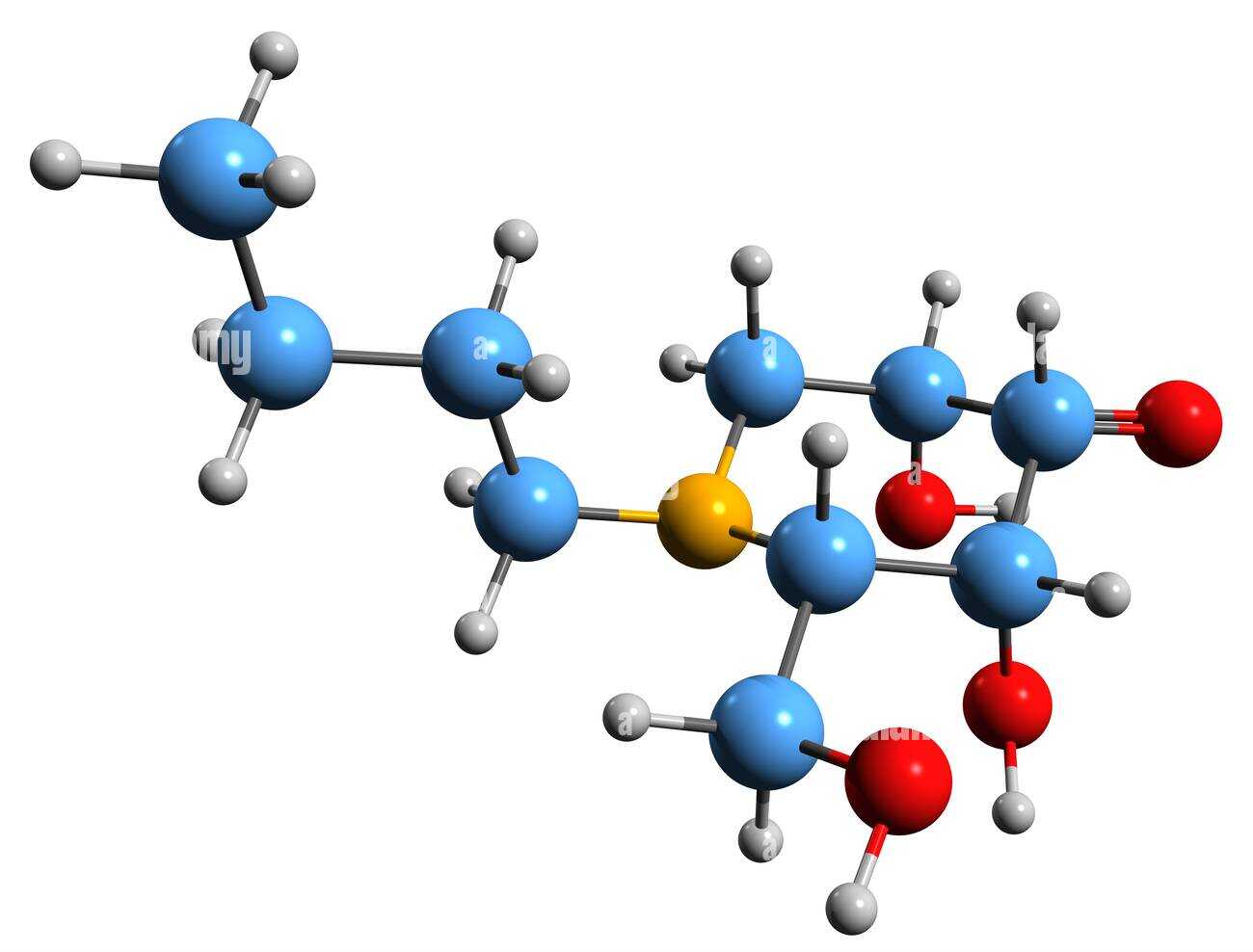Table of Contents
Air resistance, also known as drag, is a force that opposes the motion of an object as it moves through the air. It is an important concept in physics and plays a significant role in various fields, including engineering, sports, and aerodynamics.
What is Air Resistance?
Air resistance refers to the frictional force that acts on an object when it moves through the air. It occurs due to the interaction between the air molecules and the surface of the object. The magnitude of air resistance depends on various factors, such as the speed of the object, the shape of the object, and the density of the air.
How Does Air Resistance Work?
When an object moves through the air, the air molecules in front of it are compressed, creating a region of high pressure. Simultaneously, the molecules behind the object fill the space left by the moving object, resulting in a region of low pressure. This pressure difference causes the air to push against the object, creating the force of air resistance.
The amount of air resistance depends on the surface area of the object that comes into contact with the air. Objects with larger surface areas experience greater air resistance, as there is more surface for the air molecules to interact with. Additionally, the shape of the object significantly influences the magnitude of air resistance. Streamlined objects, such as airplanes or dolphins, are designed to minimize air resistance and enhance their efficiency in motion.

The Formula for Air Resistance
The formula to calculate air resistance or drag force is typically derived from the observation that air resistance is proportional to the square of the object’s velocity. The equation is as follows:
Drag Force (F) = 0.5 * ρ * A * Cd * V^2
Where:
– F represents the drag force acting on the object (measured in Newtons, N).
– ρ (rho) denotes the air density (measured in kilograms per cubic meter, kg/m^3).
– A represents the cross-sectional area of the object perpendicular to the direction of motion (measured in square meters, m^2).
– Cd refers to the drag coefficient, which depends on the shape of the object.
– V represents the velocity of the object relative to the air (measured in meters per second, m/s).
Understanding the Components of the Formula
a) Air Density (ρ):
Air density refers to the mass of air molecules in a given volume. It can vary based on factors such as altitude and temperature. Higher air density leads to increased air resistance. The value of air density can be obtained from tables or calculated using atmospheric properties and the ideal gas law.
b) Cross-Sectional Area (A):
The cross-sectional area of an object is the surface area that is perpendicular to the direction of motion. It is the area through which air molecules collide with the object. Larger cross-sectional areas generally result in greater air resistance. The area depends on the shape and orientation of the object.
c) Drag Coefficient (Cd):
The drag coefficient represents the shape-dependent factor that accounts for the object’s streamlined nature and surface characteristics. It is a dimensionless value ranging from 0 to 1. Objects with a streamlined shape and smooth surfaces have lower drag coefficients, indicating reduced air resistance.
d) Velocity (V):
The velocity of the object relative to the air plays a significant role in determining air resistance. According to the formula, the drag force increases with the square of the velocity. Hence, doubling the velocity leads to four times the drag force. Higher speeds result in greater air resistance.
Factors Affecting Air Resistance
a) Velocity:
Air resistance increases with the speed of the object. As the speed of an object doubles, the air resistance it experiences quadruples. Therefore, objects moving at high speeds encounter greater air resistance than those moving at lower speeds.
b) Surface Area:
The larger the surface area of an object, the greater the air resistance it experiences. For instance, a flat surface of a parachute provides a larger area for air molecules to collide with, resulting in higher resistance.
c) Shape:
The shape of an object significantly affects air resistance. Streamlined or aerodynamic shapes, such as teardrops, reduce air resistance by allowing smooth airflow around the object. In contrast, irregular shapes with protrusions experience higher air resistance due to increased turbulence.
d) Air Density:
Air density refers to the mass of air molecules in a given volume. Higher air density leads to increased air resistance, as there are more molecules available to interact with the moving object. Factors such as altitude and temperature influence air density.
Effects of Air Resistance
Air resistance has several implications in various aspects of our lives. Some notable effects include:
a) Falling Objects:
When objects fall from a height, air resistance opposes their motion and causes them to reach a terminal velocity. Terminal velocity is the maximum velocity at which the force of gravity pulling the object downward is balanced by the upward force of air resistance. This balance allows the object to fall at a constant speed without accelerating further.
b) Sports and Vehicles:
Understanding air resistance is crucial in designing efficient vehicles and equipment. In sports such as cycling or car racing, streamlined shapes are employed to reduce air resistance and enhance speed. Similarly, in aviation, aircraft designers strive to minimize drag to improve fuel efficiency and increase lift.
c) Parachutes:
The concept of air resistance is instrumental in the functioning of parachutes. Parachutes utilize a large surface area and air resistance to slow down the descent of an object by increasing drag. The force of air resistance acting on the parachute allows for a safe and controlled descent.
Practical Applications
a) Aerodynamics and Engineering:
Engineers and designers employ the air resistance formula to optimize the design of vehicles, aircraft, and structures. By understanding the impact of velocity, shape, and cross-sectional area on drag force, engineers can create more streamlined and efficient designs, reducing fuel consumption and enhancing performance.
b) Sports:
The formula is also relevant in sports where air resistance plays a significant role, such as cycling, car racing, and skiing. Athletes and equipment manufacturers consider the drag force to develop streamlined equipment that minimizes air resistance, allowing for greater speed and improved performance.
c) Physics and Experimental Studies:
The air resistance formula aids in conducting scientific experiments, particularly those involving objects in motion. Researchers can calculate and account for air resistance, enabling more accurate measurements and analysis of the experiment’s results.
Also, read Butanoic acid
































Comment on “Air resistance – Definition, Formula, Components, Factors”
Comments are closed.